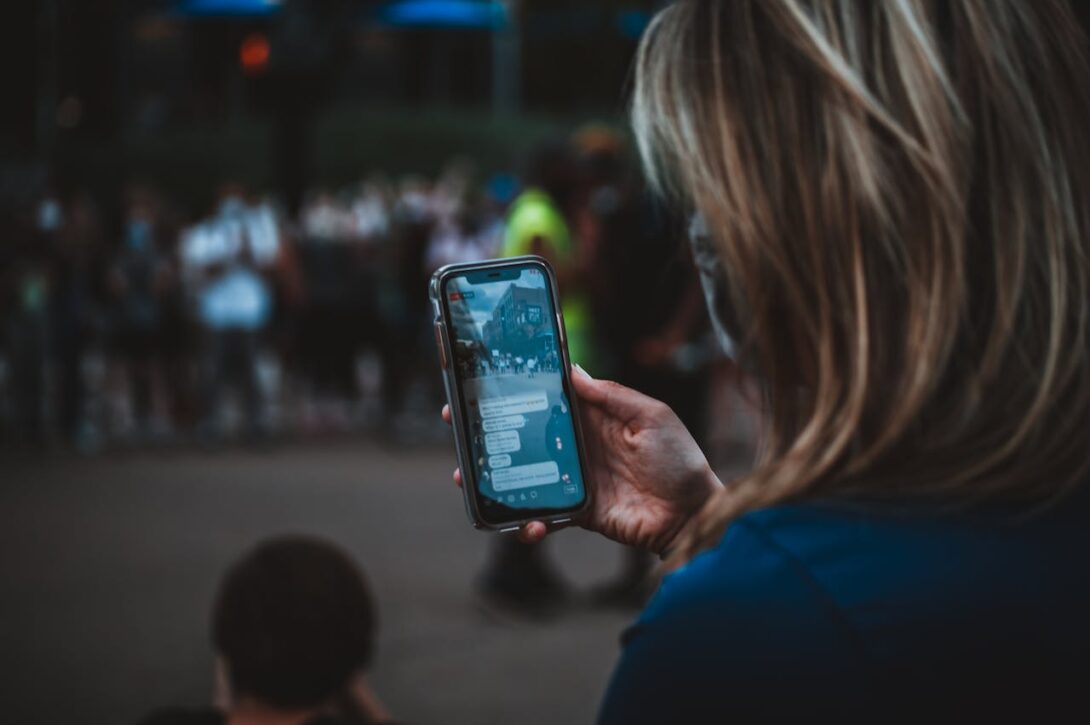Tag: networks
News
- Articles from Policy & Internet
- Books
- Call for Papers
- Child Safety
- Collective Action
- Conferences
- Democracy
- Development
- Economics
- Education
- Environment
- Ethics
- Governance & Security
- Health
- Interviews
- Mapping
- Methods
- Policy
- Politics & Government
- Publications
- Social Data Science
- Submissions Closed
- Tools
- Video
- Wellbeing
-

Investigating virtual production networks in Sub-Saharan Africa and Southeast Asia
—
This mass connectivity has been one crucial ingredient for some significant changes in how work…
-

Ethical privacy guidelines for mobile connectivity measurements
—
Measuring the mobile Internet can expose information about an individual’s location, contact details, and communications…
-

Uncovering the structure of online child exploitation networks
Despite large investments of law enforcement resources, online child exploitation is nowhere near under control,…



